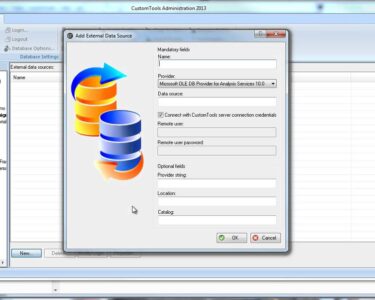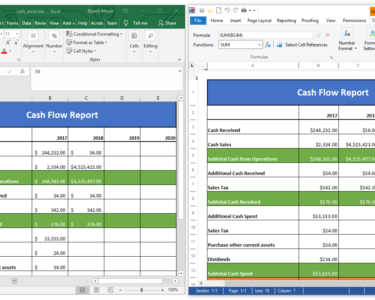
Microsoft Excel: Enhancing Productivity with Templates
Introduction:
Microsoft Excel is a ubiquitous spreadsheet application renowned for its versatility and analytical capabilities. However, manually creating complex spreadsheets from scratch can be time-consuming and error-prone. Templates offer a solution to this challenge, streamlining the process and improving productivity.
What are Excel Templates?
Excel templates are pre-designed spreadsheets that contain formatting, formulas, and other elements predefined by the creator. They provide a framework for creating new spreadsheets, eliminating the need to build them from the ground up. Templates can cover a wide range of use cases, such as budgets, invoices, project plans, and data dashboards.
Benefits of Using Templates:
- Time Savings: Templates eliminate the need to manually create and format spreadsheets, significantly reducing the time spent on repetitive tasks.
- Accuracy: Predefined formulas and formatting ensure consistency and reduce the risk of errors.
- Standardization: Templates ensure consistency across multiple spreadsheets, improving communication and collaboration.
- Enhanced Collaboration: Templates facilitate collaboration by providing a common framework for sharing data and analyses.
- Knowledge Transfer: Templates can be shared to train new users or transfer knowledge between teams.
How to Find and Use Templates:
To access templates, open Excel and navigate to the "New" tab. Here, you will find a gallery of available templates. You can also search for specific templates using the search bar.
Once you have selected a template, click "Create." Excel will open a new spreadsheet based on the template. You can then customize the template to suit your specific needs, adding or removing data and modifying the formatting.
Creating Your Own Templates:
If you frequently use custom spreadsheets, you can create your own templates. To do this, simply create a new spreadsheet with the desired formatting and formulas. Then, go to "File" > "Save As" and select "Excel Template (.xltx)" as the file type.
Conclusion:
Excel templates are a powerful tool for improving productivity and enhancing the efficiency of spreadsheet creation and use. By leveraging templates, users can save time, ensure accuracy, standardize their work, facilitate collaboration, and transfer knowledge. Whether you are creating simple invoices or complex project plans, templates offer an invaluable solution to streamline your Excel workflow.


